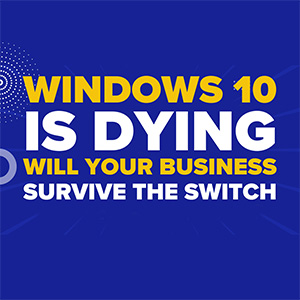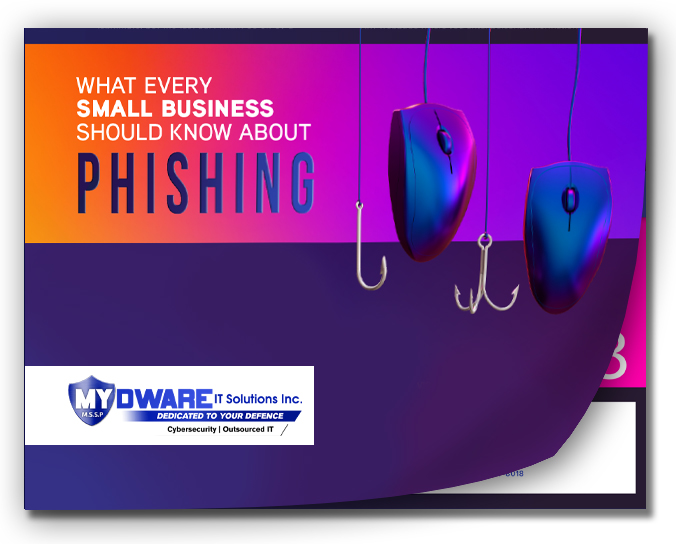
Windows 10’s final chapter is coming fast. On October 14, 2025, Microsoft will officially stop supporting it—no more updates, no more security patches, and no more technical help. While your computer won’t suddenly shut off, it’ll be exposed, outdated, and vulnerable.
This isn’t just a tech issue—it’s a business liability. If you haven’t made the move yet, now’s the time. Book a FREE cybersecurity risk assessment NOW to get ahead of the deadline and avoid scrambling later.
Why this deadline could seriously hurt your business operations
Once Microsoft ends support, your system loses its frontline defences. No updates mean you’ll be wide open to ransomware, malware, and phishing attacks. And let’s not forget the software hiccups and compliance risks that come along for the ride.
Apps you rely on today may suddenly stop working. Most tools are designed to keep pace with newer operating systems—after Windows 10 sunsets, they’ll leave your old system behind. That’s not speculation, that’s exactly what’s coming in October 2025.
On top of that, running unsupported software could land you in hot water with regulators—especially if you're handling sensitive data and not following proper cybersecurity practices.
Here’s what to do if your device can’t run Windows 11
Not all Windows 10 machines are eligible to upgrade. If your hardware’s too old or doesn’t meet Microsoft’s strict new requirements, the upgrade will fail. But don’t worry—you’re not out of options.
This guide covers 5 smart alternatives if your device can’t handle the upgrade, but here are the highlights:
1. Buy a new Windows 11-ready PC
This gets you the latest security, performance, and support right out of the box. It’s a bigger investment, but it future-proofs your business.
2. Use Extended Security Updates (ESU)
You can buy extra time with ESU, but it’s just a 12-month patch—not a solution. Pay $30 or use Microsoft Rewards, and make sure you opt-in before the deadline.
3. Try switching to Linux
It’s free, but it’s not for everyone. Your team may struggle with compatibility and usability if they rely on Windows-based workflows.
4. Do nothing and accept the risk
This is not an option. Doing nothing will expose your business to downtime, data loss, and financial risks. Don’t go there.
Don’t forget to back up everything before making changes
Any OS switch or new device setup comes with risk. Backing up your data first gives you peace of mind and protects your important files. Whether you’re upgrading, replacing, or shifting to the cloud—start with a backup plan.
If you're not sure how to properly manage this transition, now is the time to get help. Working with a trusted, reliable IT partner will save you time, stress, and costly errors. Here’s how a dependable IT provider keeps your systems safe and your team supported.
Planning now will save your business from chaos later
This isn’t just an IT problem—it’s a business-critical deadline. Making the right move today ensures you won’t be scrambling tomorrow. Whether that means upgrading, replacing, or patching short-term with ESU, what matters is that you act now.
Need help mapping out a plan? Let us walk you through your options before the clock runs out. Book your FREE cybersecurity risk assessment today and we’ll help you transition with confidence.
Darryl Cresswell
CEO & President
MYDWARE IT Solutions Inc.




